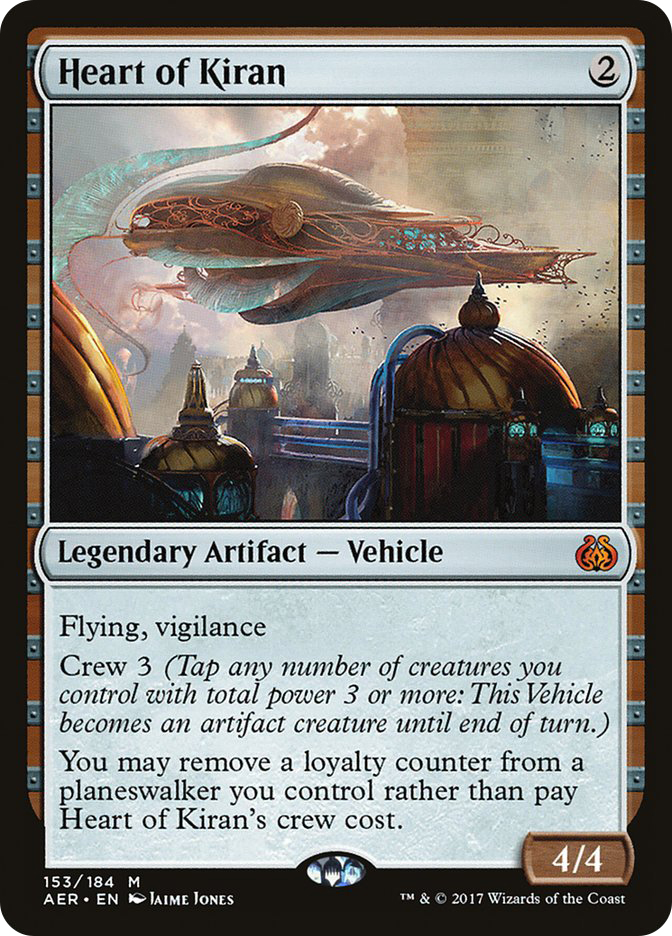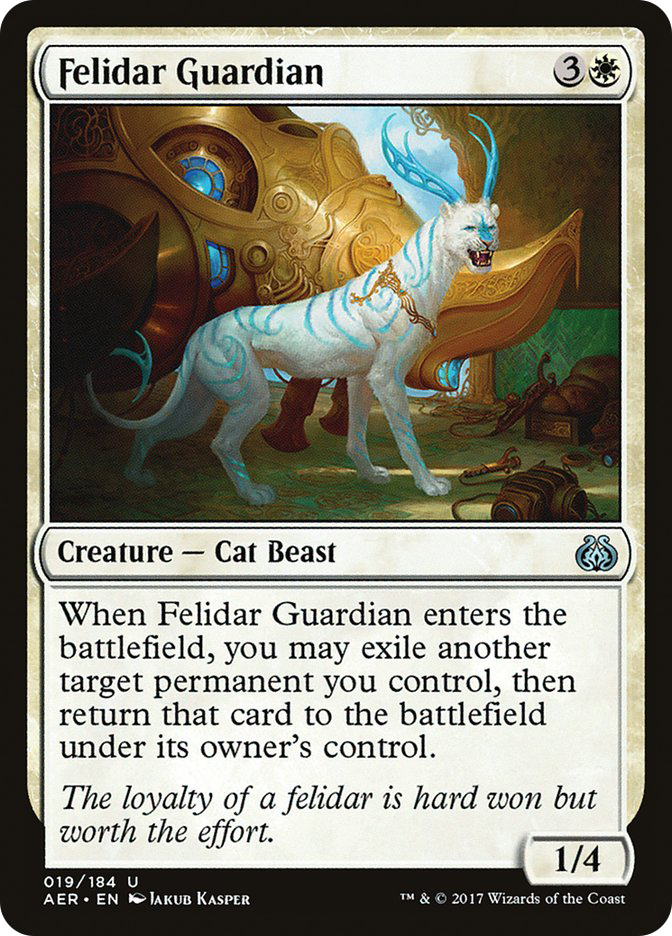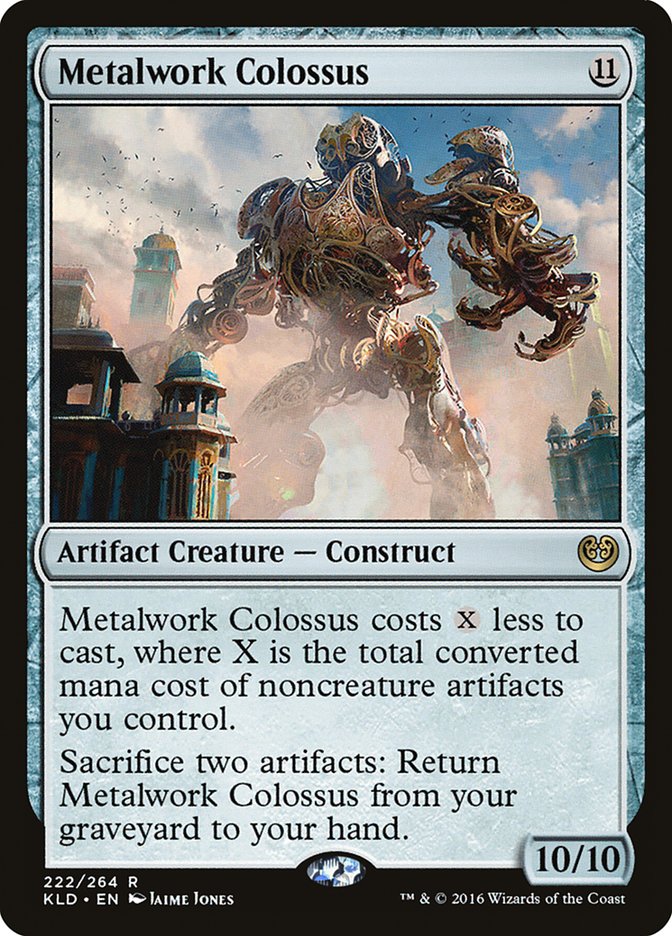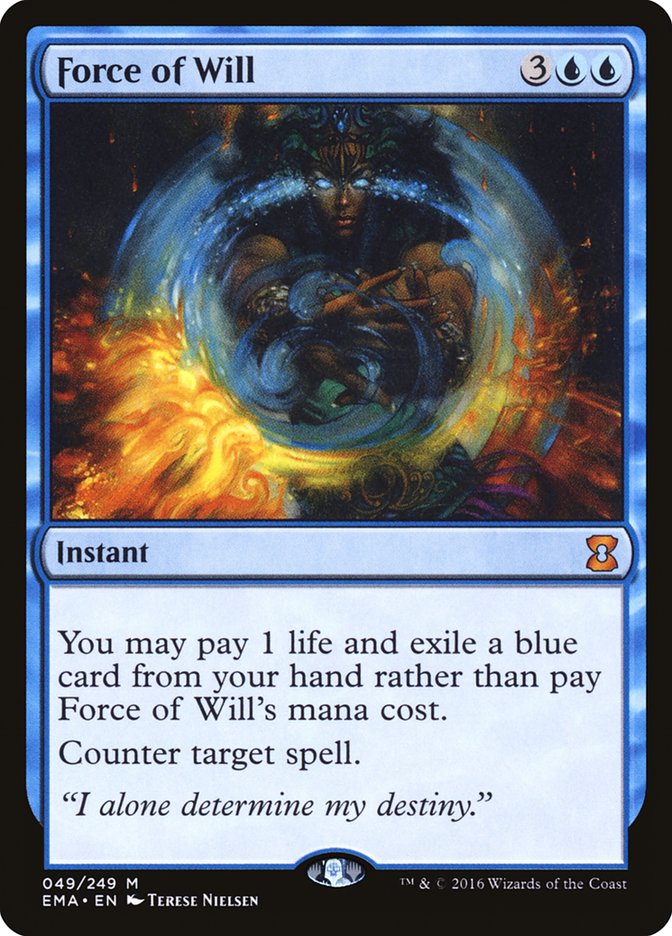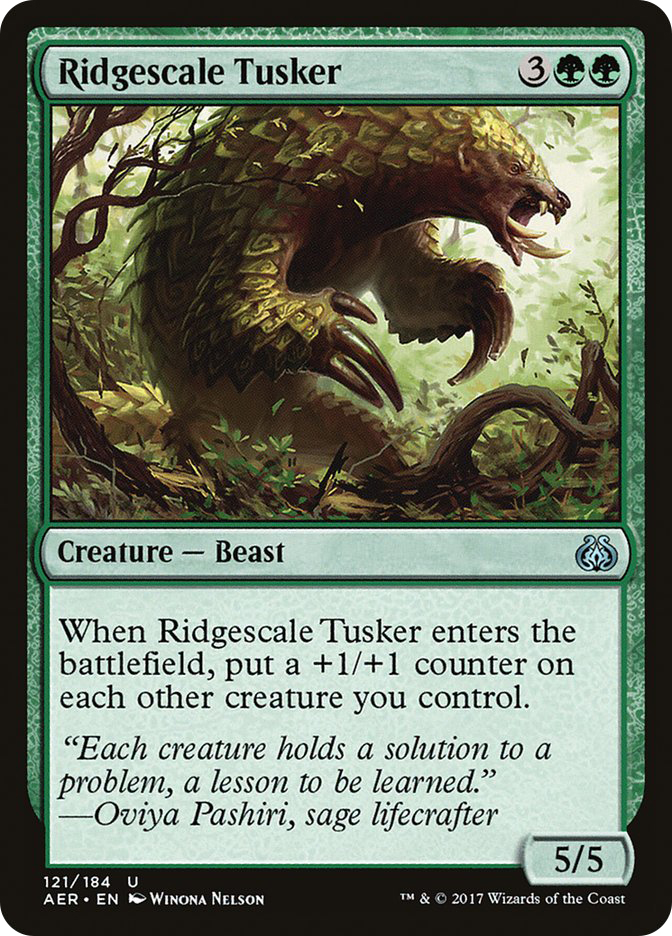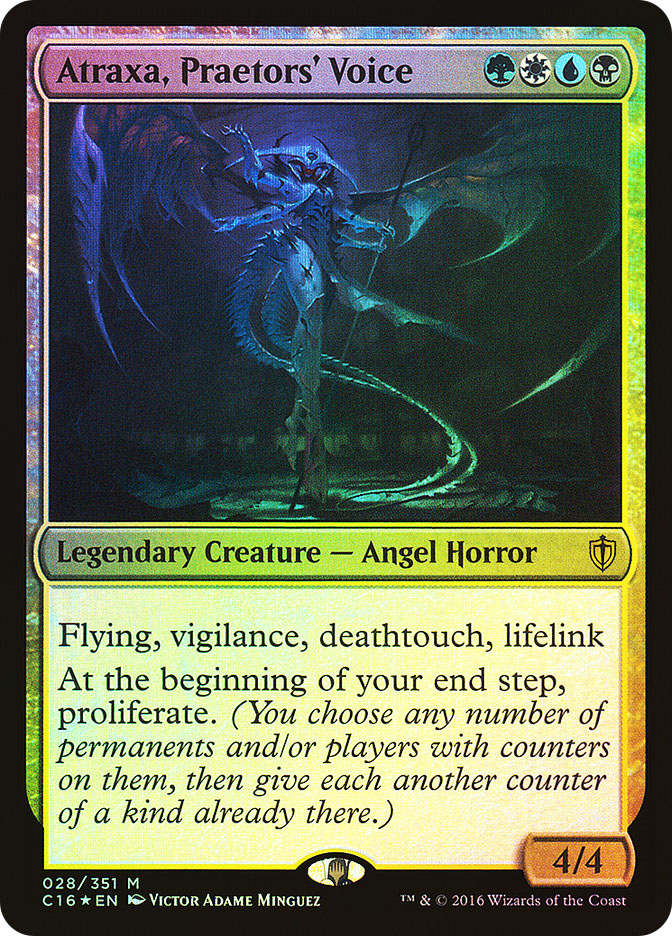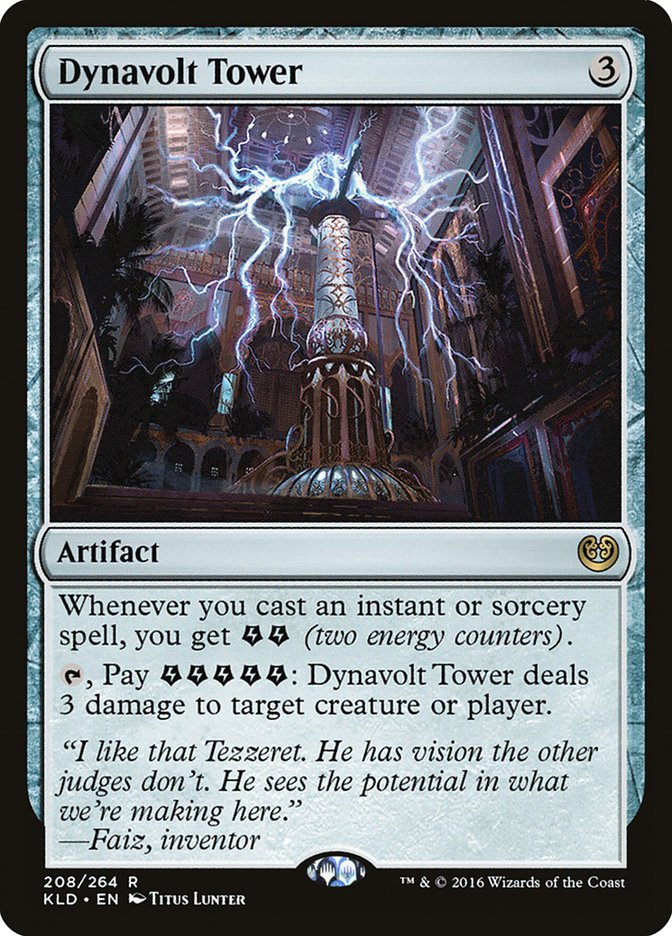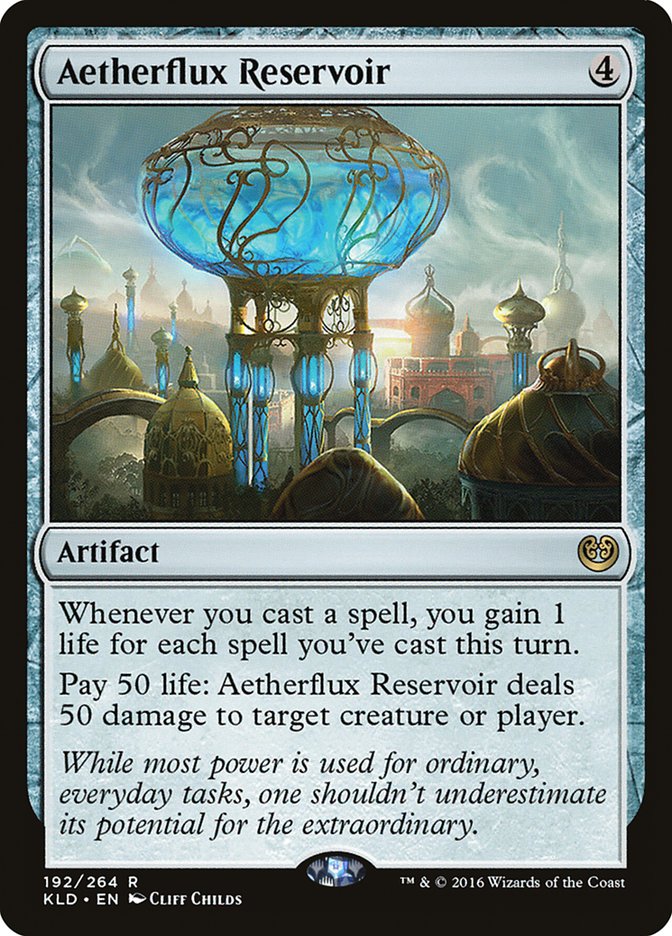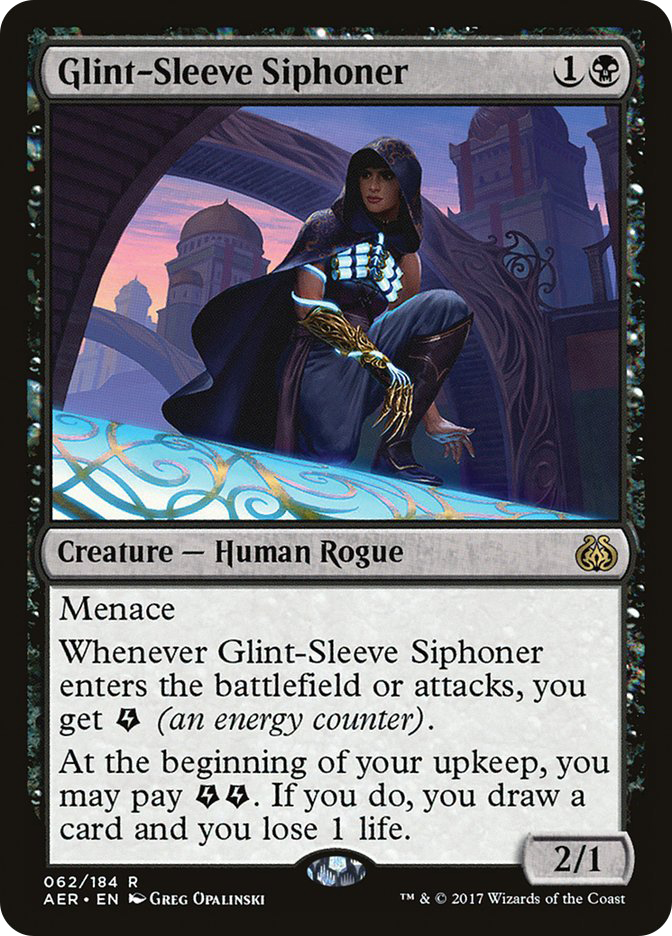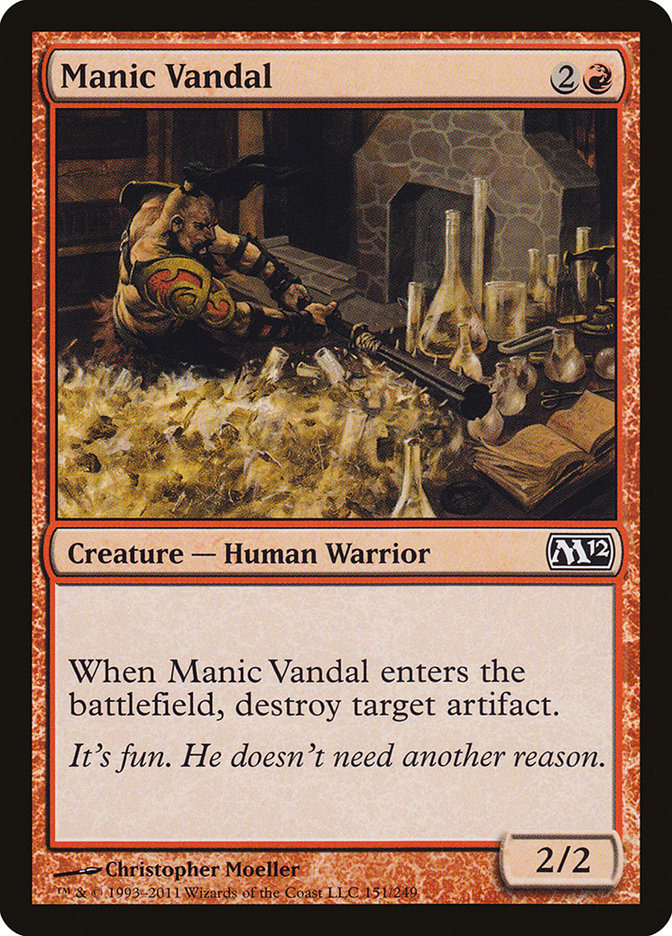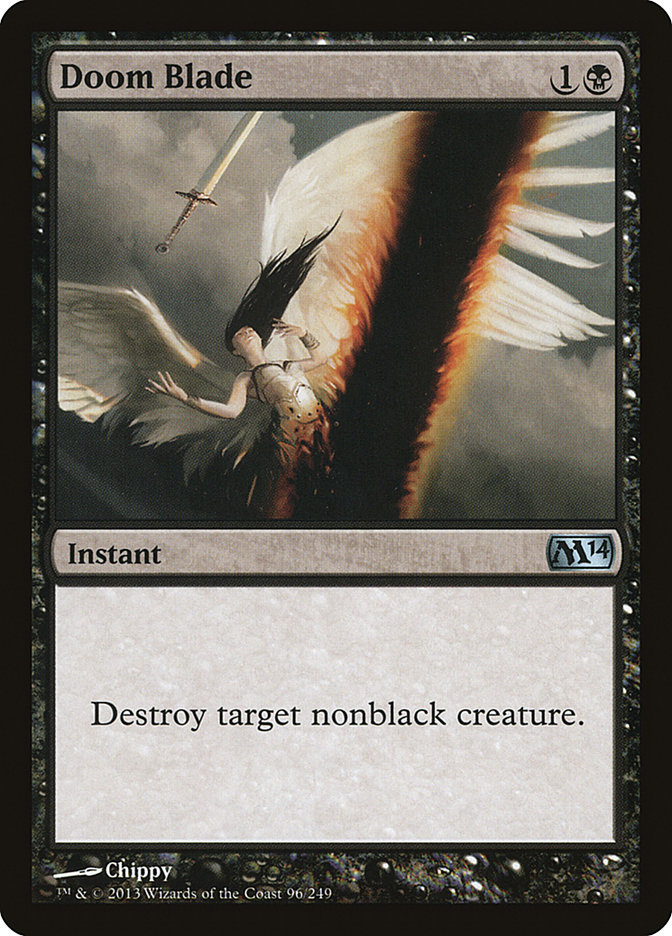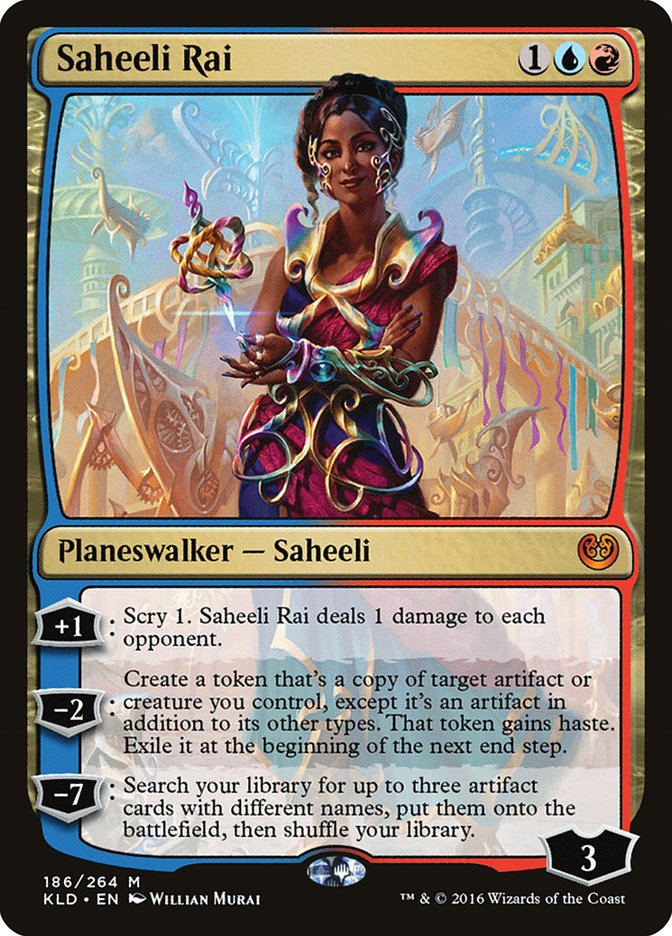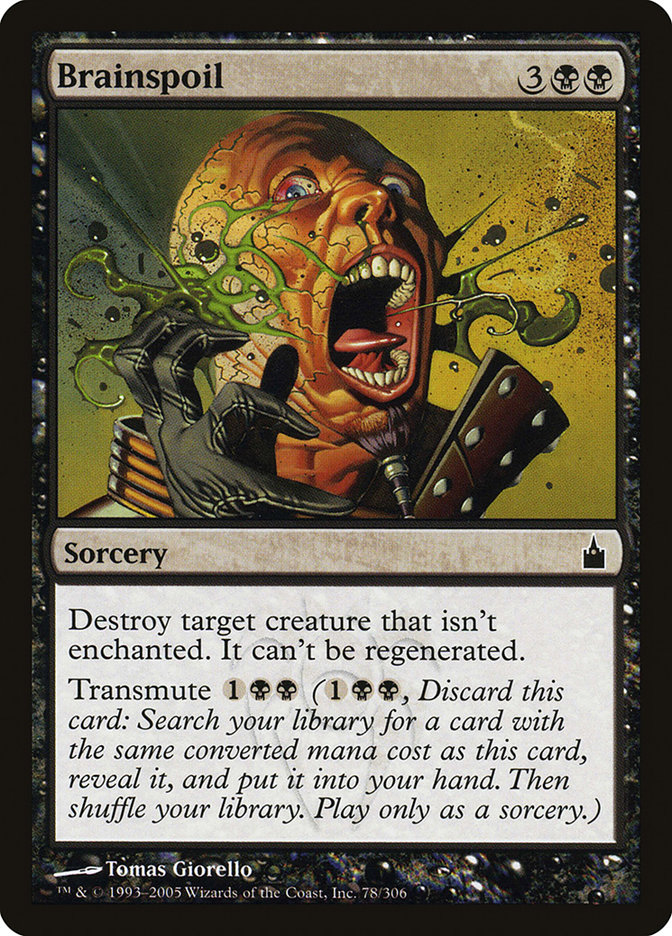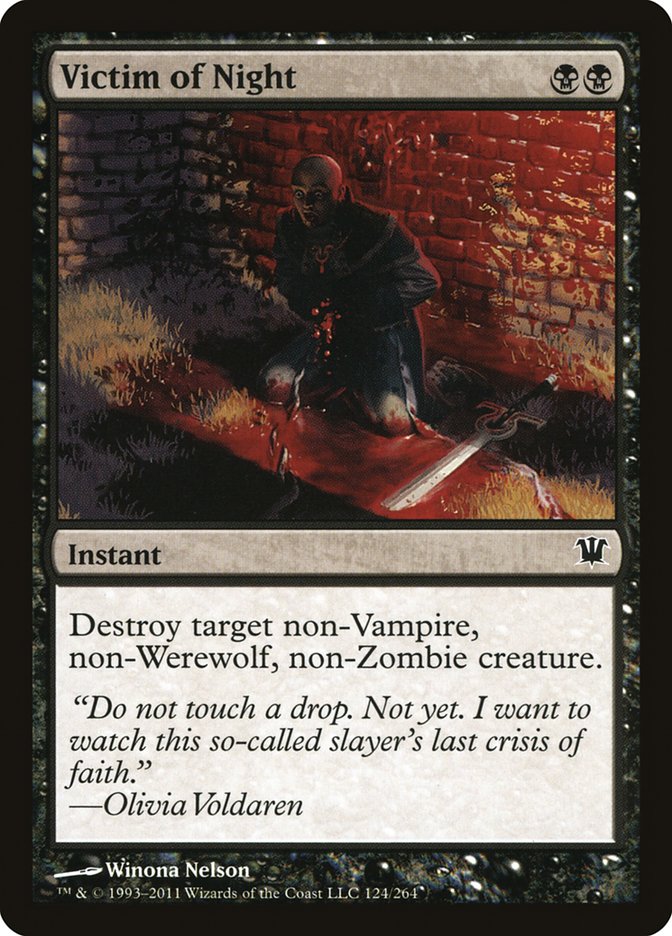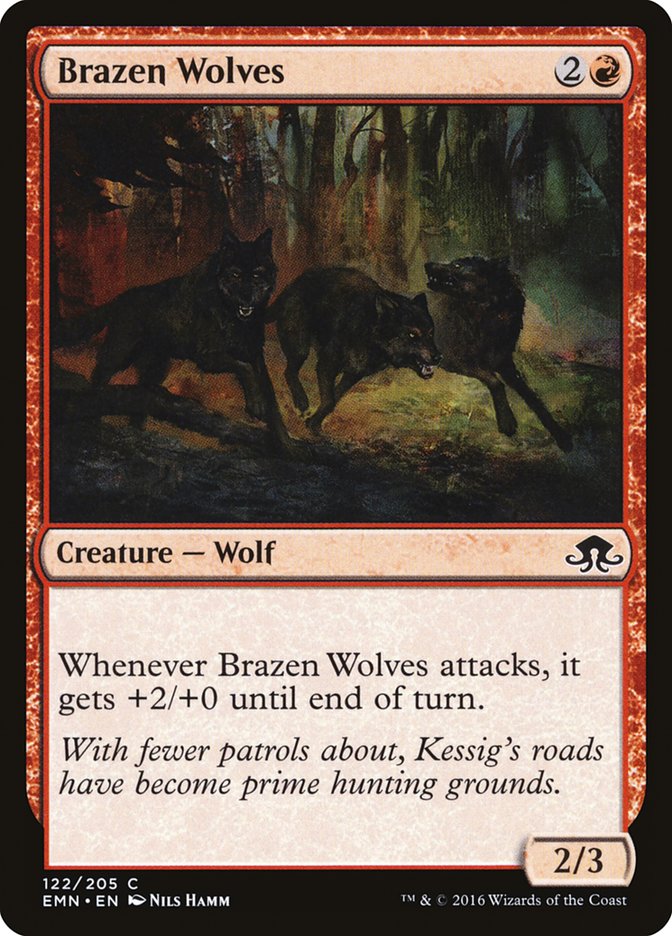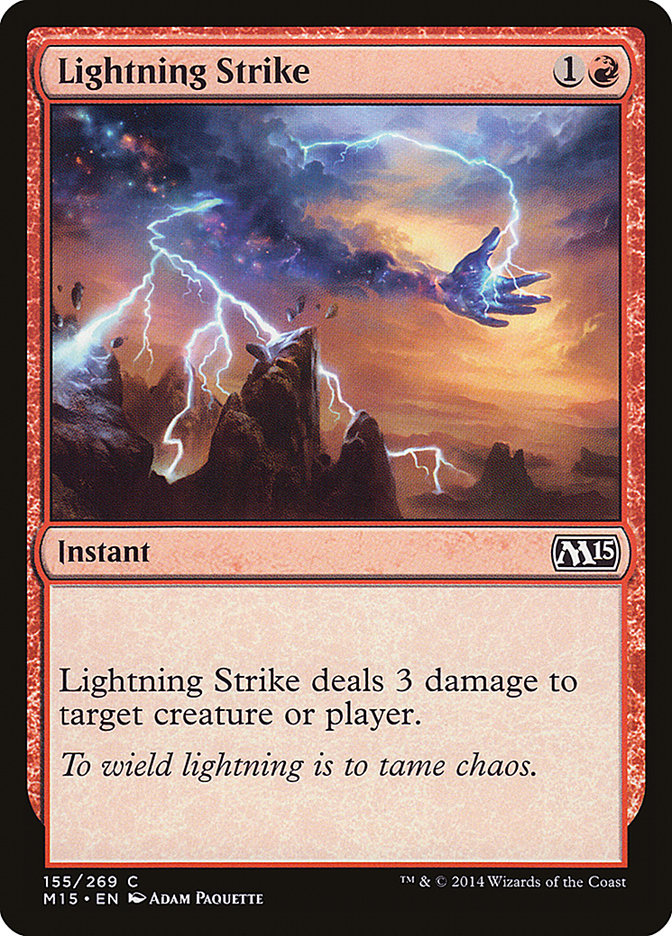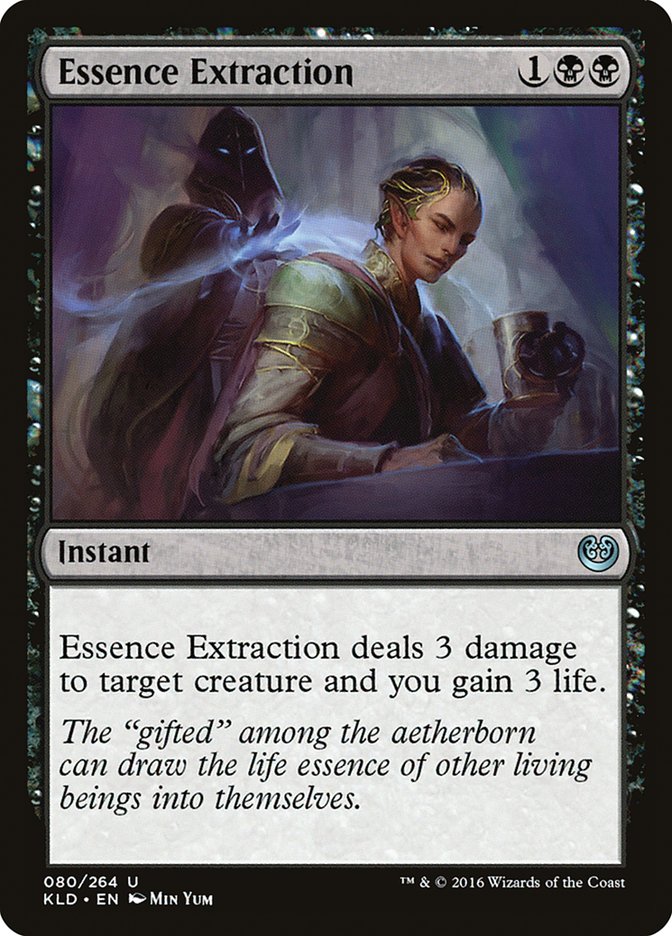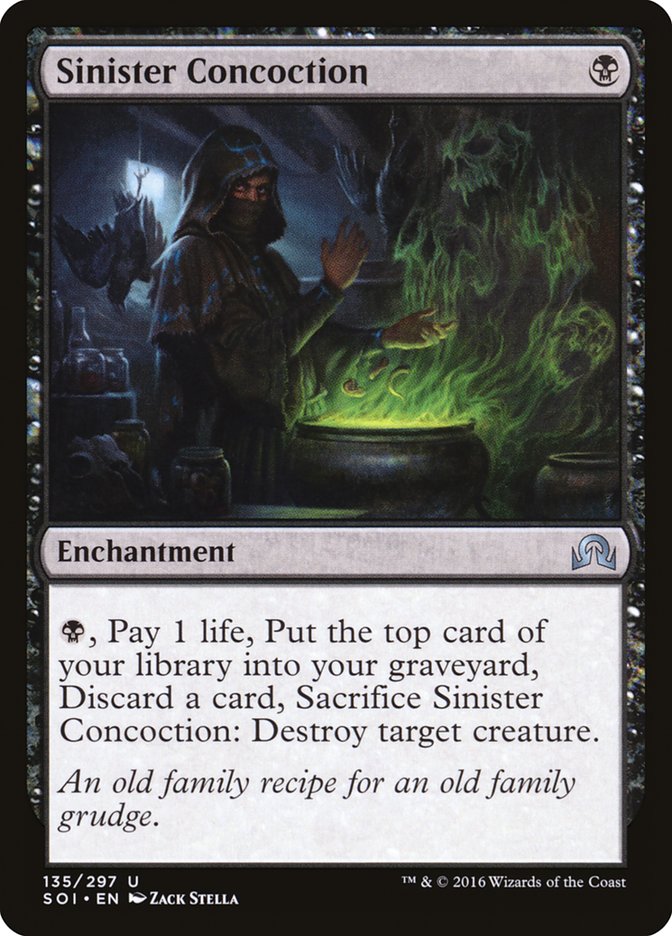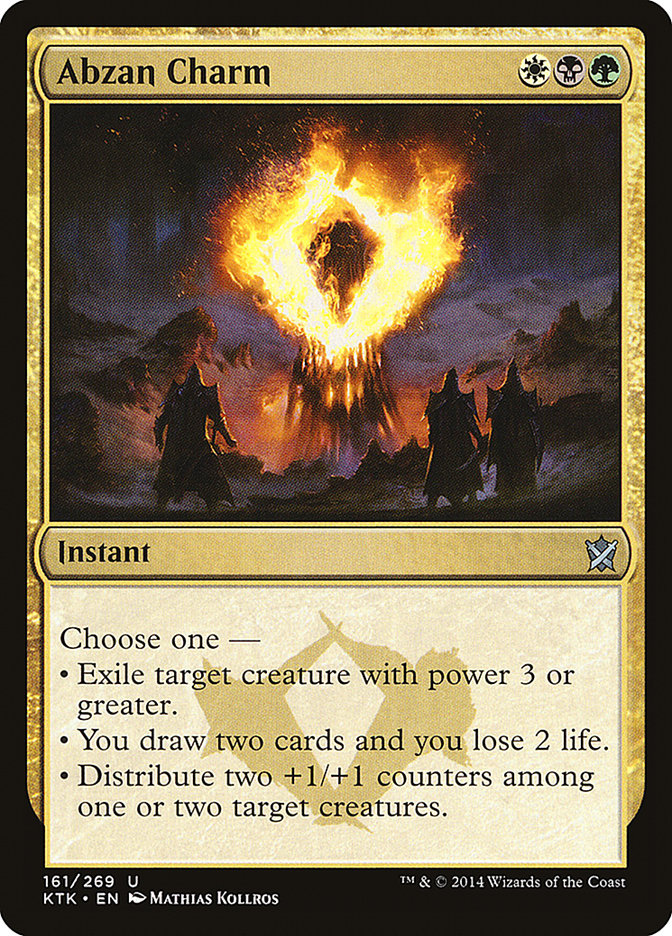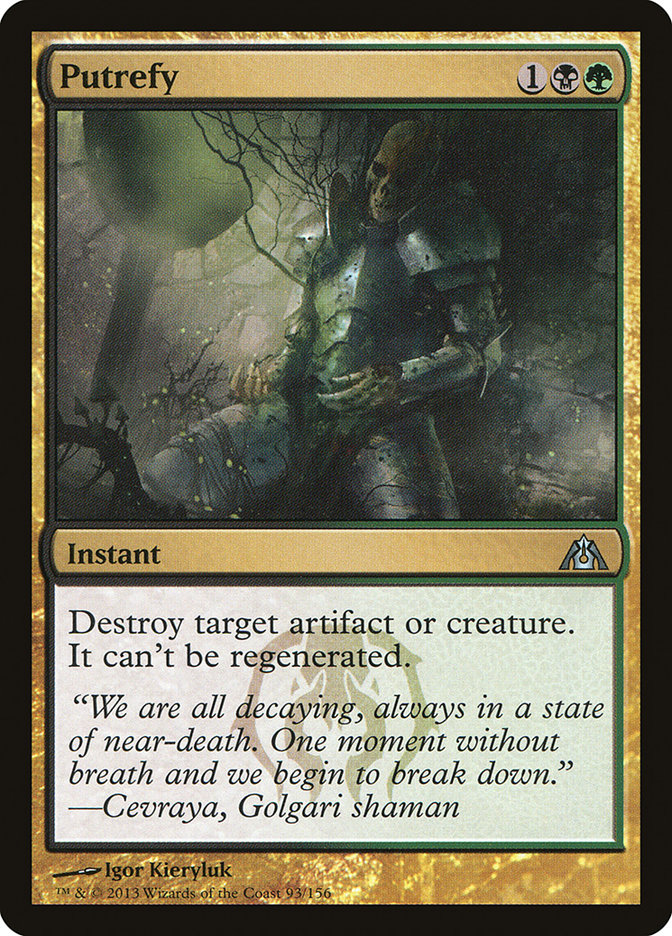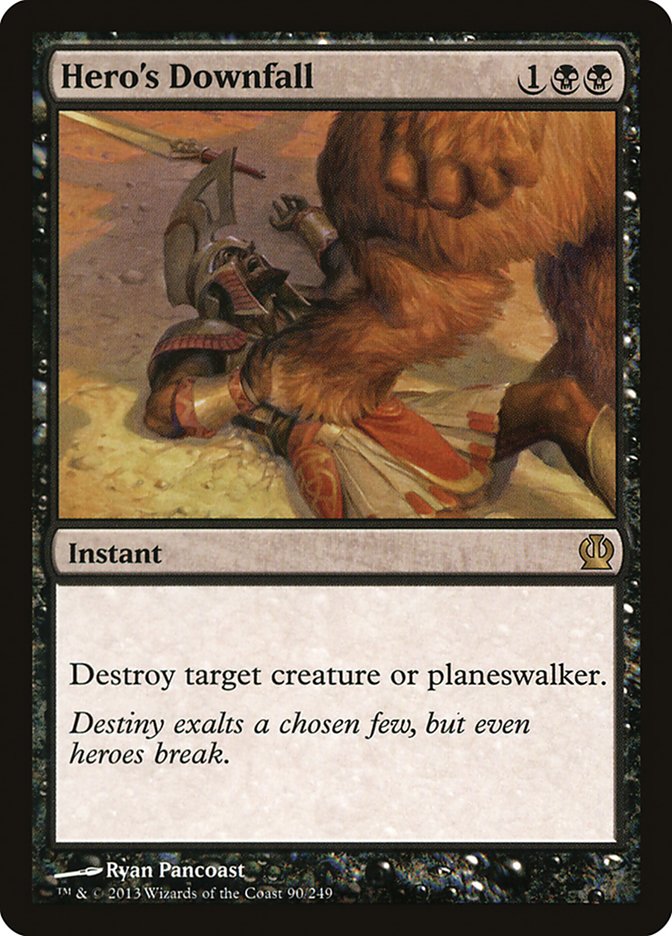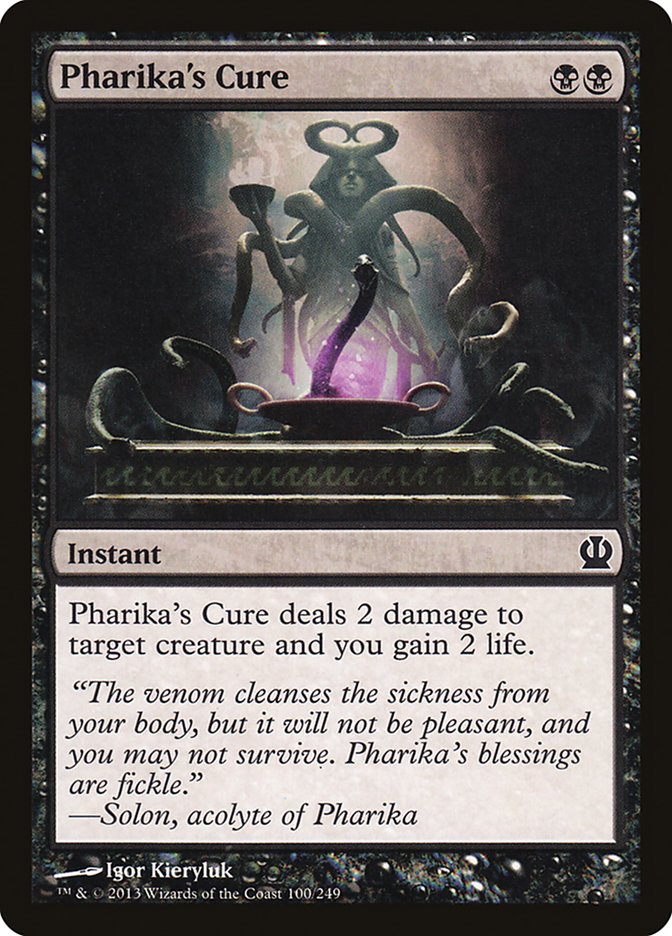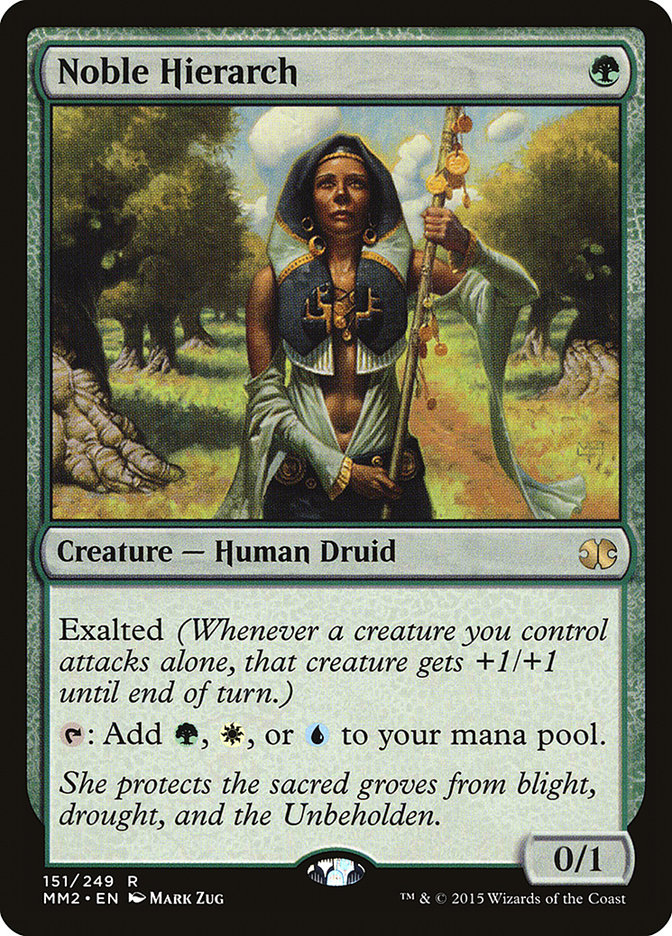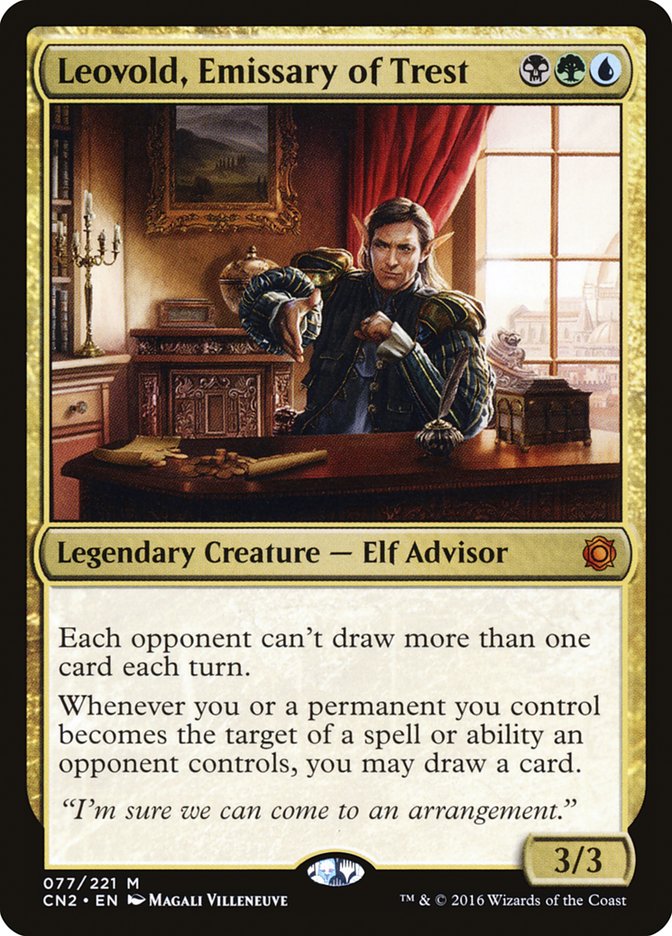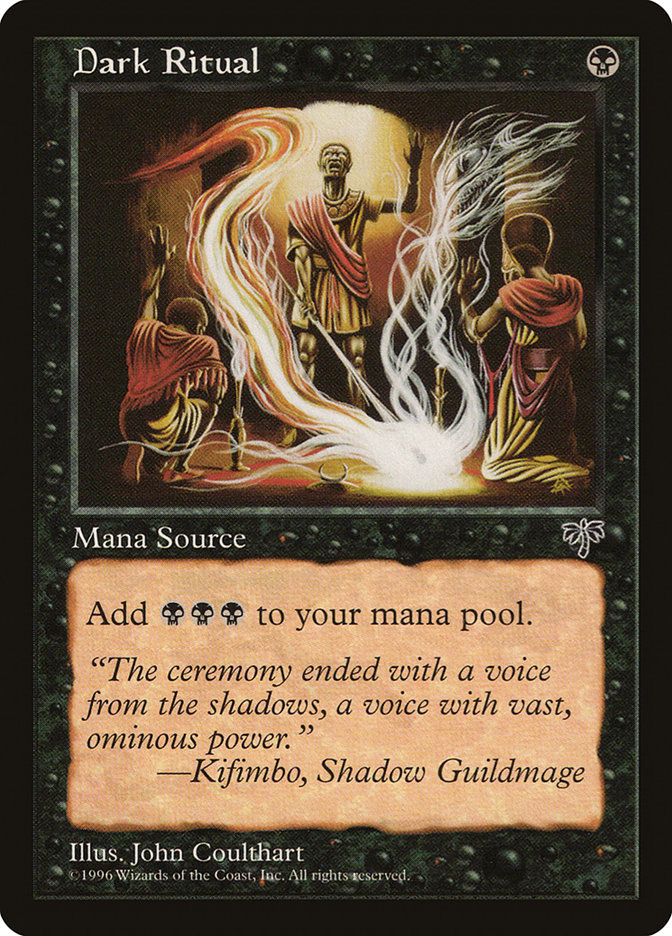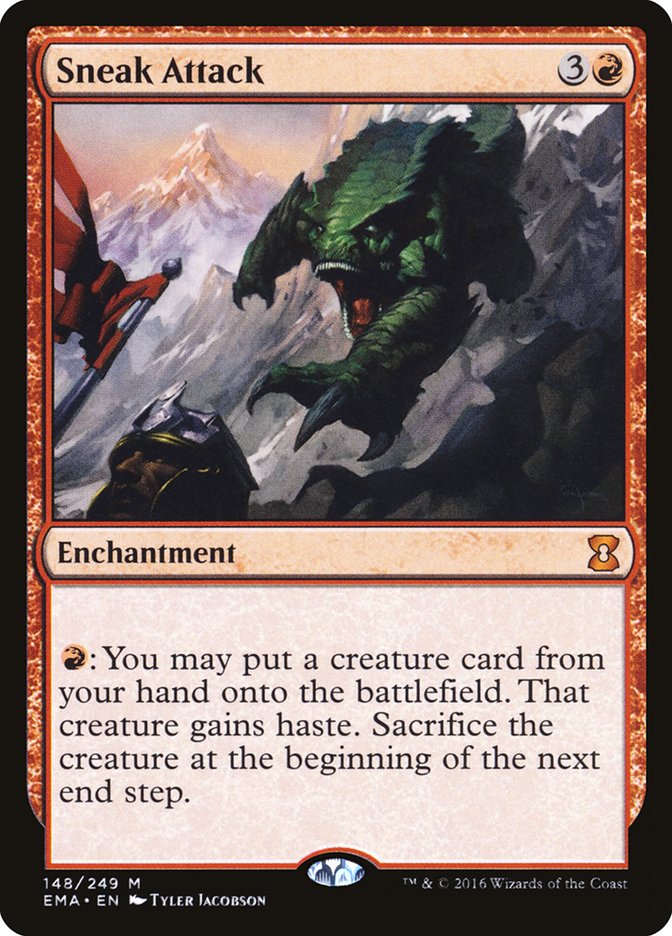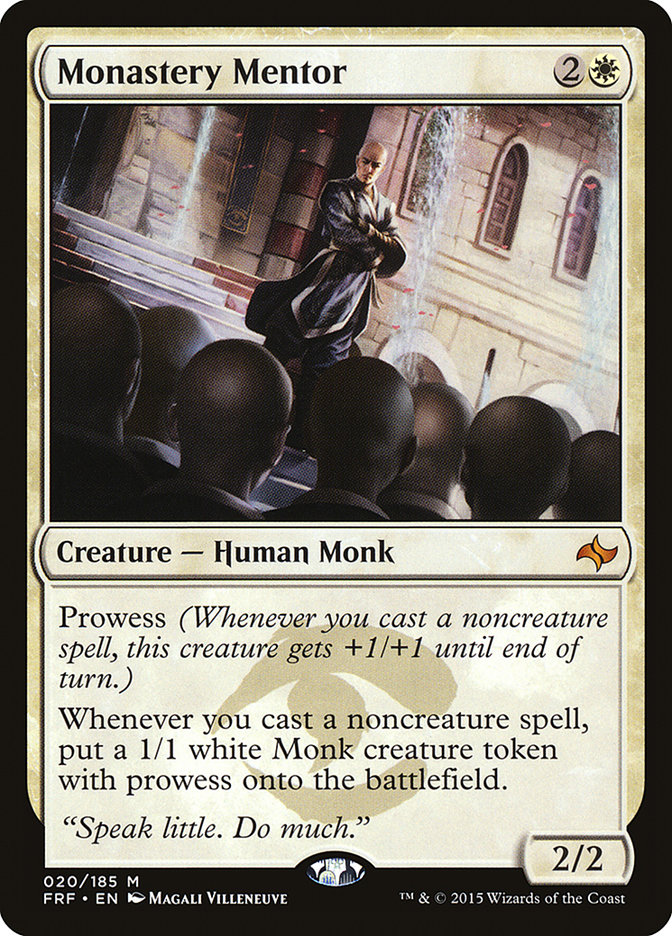I’ve been going off a lot lately on Modern. Why stop there?
Hot takes, served fresh, across all topics and formats.
No Bans Is Right: Standard Will Be Fine, Even If It Is Bad Now
I’m not going to disagree that Standard right now is not a format I would seek out to play for fun.
That’s fine. Standard did its job this rotation for the time it lasted. The world is not ending.
A big part of the draw of Standard is constant novelty. It would be nice if that maintained itself through the next preview season, but that’s really only two months now that set releases have been re-paced. No more long winters; the last Pro Tour this year is in November. Coming up a couple of weeks short on metagame solutions and deck cycling isn’t the end of the world when the next Prerelease is right around the corner.
Magic exists with a variety of formats because you don’t have to play every single one all of the time. Play the ones you want. A fresh Standard will be there when you look again. Your physical cards will still be in your closet to pick up. Note that this physical ease of restarting is one of the bonuses Magic has relative to digital TCGs. It’s easier to just dump a password into the abyss and never relog; you have to physically handle your cards again to do the same.
Maybe you shouldn’t be so upset you can’t chase the next hot thing. There’s a lot of room for self-improvement in playing the same match over and over. Sideboard plans can evolve and you can learn how to deduce theirs and adjust on the fly. You can learn sequencing and how to read when your opponent’s hand likely has the combo based on their play sequencing and typical keepable hands. This is an extension of how the Modern players who win events are often those who have put months or years into their deck, only this time it’s in a single lesson that reoccurs in other forms.
Standard actively changed over the course of the Aether Revolt format. Yes, it was a lot of small adjustments, but it’s a smaller six-set format. Small formats tend to be narrow, and it was enough for the time it lasted. Decks reconfigured themselves from week to week in meaningful ways.
The problem is if the next format remains oppressed by the same cards. I don’t think that will necessarily be the case. The format right now is constricted by a lack of options just as much as the power of the best existing options.
Aside: Having some high-profile decks that stick around in similar forms through dramatic set changes might even be good. People can put down their deck if they get bored and come back close to competitive with smallish updates.
There will be more cards that kill stuff in Amonkhet. A couple of additional options will open up a ton of play and deckbuilding choices. They might not be Doom Blade-level, but they will be there.
Planeswalkers will naturally get worse with Amonkhet. Turn 3 Saheeli Rai or turn 4 Gideon, Ally of Zendikar won’t just naturally be safe. More options for threats will raise the bar on creatures, meaning they will be getting hit harder. More cards also mean more redundant early drops, meaning aggro gets better.
I’m not saying there aren’t things that could potentially get the axe or simply be problematic. The Saheeli Rai / Felidar Guardian combo is still annoyingly easy and good, even if the turn 4 kill is riskier, and it surviving another rotation sets up some issues. Aetherworks Marvel breaks a lot of rules and a lot of cards. There won’t necessarily be creatures that are excellent against Gideon because Amonkhet was developed assuming he rotated out. But that’s a problem for then, not now.
The most important part is that this style of play is not permanent. Magic design is a long game, not a short one. Sam Stoddard has talked about lessons being learned and implemented that will likely have effects within this calendar year. If the game of Magic constantly had the same balance and design philosophy, it would generally suck and get old. This is just one kinda dead end of the learning tree with some bits and pieces to try again later.
Good Draft Development Ruined Removal
People like to cite answers being bad as the problem with Magic over the last few years. I like to cite that they haven’t cast Harnessed Lightning and are wrong. The good answers are still good; they are just bad because they don’t offer choice. The second-best option in most colors is unplayable (nice Murder or Ruinous Path), the best option doesn’t offer meaningful counterplay (why Mana Leak is a bad card), and many of these lone options force how you build your deck (Unlicensed Disintegration with no artifacts, Grasp of Darkness with playable threats).
These three issues are all caused by Draft design.
First was the push against Doom Blade-efficiency effects at common. This made sense; having the same first-pick commons out of 60% of packs is boring. And with that choice, one slot for a playable removal spell disappeared.
Second was the push against splashable, efficient common removal. This made sense; having a color lose its best card because everyone takes it to splash is dumb. And with that choice, flexibility for a playable removal spell disappeared.
Third was the standardization of creature curves post-Innistrad. This made sense; Grixis colors often failed because they lacked early or high drops that could compete with the new paradigm of “creatures are good.” Then the refix to up creature counts in small sets also made sense; blue and red kept failing when their spells didn’t do enough. And with that choice, a couple of flex slots for removal disappeared.
Fourth was multicolored cards being slotted in as build-arounds. This made sense; guidelines for drafts help form cohesive decks and direct drafters. And with that choice, more removal slots disappeared or were narrowed.
Fifth was the death of Core Sets pushing towards more thematic removal. This made sense; making removal that scales with your Draft deck helps reward cohesive drafting and punish just slamming kill spells. And with that choice, more removal was narrowed.
All of this culminated in a perfect storm this Standard format. The rare removal exists, but it has to be unique, which often costs efficiency and flexibility it needs to face the threats. A couple of generic uncommon removal spells missed on rate. The last two blocks have had very linear mechanics in delirium, artifacts, and energy that skewed the removal. And now we have the problems I outlined to start.
One lesson to be learned is from multicolor-themed sets. These feature some of the best threats in the game, but they have removal to match. Part of this is that being multicolored is an easy way to make an answer that is open-ended but specific to cast in a less constricting way than Grasp of Darkness costing double black. Why make your “good rate” multicolor uncommon Outland Boar instead of something like Ground Assault? Part of this is that removal is often stapled to other effects, giving it flexibility. The Collective cycle was close to this and more things work that way.
One lesson to be learned is that your uncommon removal must be sure hits more of the time, more Ultimate Price-style cards. I see nothing wrong with uncommon Hero’s Downfall. If Devour in Flames can say planeswalker at that rarity, you can too.
One lesson needs to be more of your small-ball common removal needs to cross the Constructed barrier. Having more options that are reactively narrow but strong is good.
The big lesson is that this is a case where good decisions lead to a problem, but it is fixable without compromising the work you put in to start. You can have your cake and eat it too.
The Best Team Modern Trio Is to Just Pick Three of the Normal Best Decks
Last time we visited Team Modern, we had some pretty interesting choices. A lot of key cards bridged across sub-archetypes, meaning there were a lot of second-tier versions of macroarchetypes that got to shine by dropping one of those cards. See Kiln Fiend Aggro supplanting Infect so other decks could play Noble Hierarch.
That just isn’t the case now. The best Modern decks are so divergent that the best strategy for Grand Prix San Antonio is just picking the stock best decks unless your team has some expertise to leverage.
The best Modern decks, in a semi-sorted order:
Jund Death’s Shadow
Bant Eldrazi
Dredge
Abzan Midrange
Abzan Company
Bant Company
Affinity
Decks that overlap:
The Death’s Shadow decks overlap with Abzan on Thoughtseize.
Jund Death’s Shadow overlaps with Abzan Company on fetchlands and Dredge on multicolor lands.
Bant Eldrazi overlaps with Collected Company on Noble Hierarch and Abzan on Path to Exile.
That’s it. Let’s fire off a few three-deck combinations that work.
Creatures (13)
Planeswalkers (3)
Lands (18)
Spells (26)

Creatures (26)
- 1 Birds of Paradise
- 1 Eternal Witness
- 4 Noble Hierarch
- 4 Drowner of Hope
- 4 Eldrazi Skyspawner
- 4 Eldrazi Displacer
- 4 Reality Smasher
- 4 Thought-Knot Seer
Lands (23)
Spells (11)

Creatures (27)
- 4 Arcbound Ravager
- 4 Ornithopter
- 1 Master of Etherium
- 4 Steel Overseer
- 3 Memnite
- 3 Etched Champion
- 4 Signal Pest
- 4 Vault Skirge
Lands (17)
Spells (16)

Captain Obvious combination: two best decks and no overlap.
Creatures (29)
- 4 Birds of Paradise
- 1 Spike Feeder
- 2 Eternal Witness
- 4 Kitchen Finks
- 1 Murderous Redcap
- 1 Tidehollow Sculler
- 4 Noble Hierarch
- 1 Qasali Pridemage
- 2 Viscera Seer
- 2 Melira, Sylvok Outcast
- 1 Scavenging Ooze
- 1 Fiend Hunter
- 1 Voice of Resurgence
- 1 Archangel of Thune
- 2 Anafenza, Kin-Tree Spirit
- 1 Renegade Rallier
Lands (23)
Spells (8)

Creatures (24)
- 3 Golgari Thug
- 4 Stinkweed Imp
- 4 Narcomoeba
- 4 Bloodghast
- 4 Prized Amalgam
- 4 Insolent Neonate
- 1 Haunted Dead
Lands (20)
Spells (16)
Sideboard

Creatures (16)
Lands (19)
Spells (25)

My choice because I’m a Company guy. There might be a small amount of fetchland finagling to do, but it’s not a real cost.
Creatures (24)
- 3 Golgari Thug
- 4 Stinkweed Imp
- 4 Narcomoeba
- 4 Bloodghast
- 4 Prized Amalgam
- 4 Insolent Neonate
- 1 Haunted Dead
Lands (20)
Spells (16)

Creatures (5)
Lands (20)
Spells (35)

Creatures (30)
- 4 Arcbound Ravager
- 4 Ornithopter
- 2 Master of Etherium
- 4 Steel Overseer
- 2 Memnite
- 2 Etched Champion
- 4 Signal Pest
- 4 Vault Skirge
- 4 Glint-Nest Crane
Lands (17)
Spells (13)

The mono-maniac crew.
There just are too many ways to not have to play a mediocre deck, and, importantly, too many angles these good decks attack from. Maybe you shouldn’t play Affinity because it’s the obvious filler deck and people will have tons of hate, or maybe not Ad Nauseam because it’s not insane against this metagame. But honestly, if two of your three decks at Grand Prix San Antonio aren’t from this subset, you are doing yourself a disservice.
Miracles Is Not That Good in Legacy
Miracles is quite good. It does a lot of individually insane things like Terminus, has consistency with twelve cantrips, and has the tools to knock out the nonsense decks in Force of Will and Counterbalance. It isn’t dominatingly good. It was for a while, and it might still be the “best” deck, but times have changed.
The big change is that B/G decks has simply gotten better. Sultai has shifted from a do-nothing garbage cascade deck to actually proactive strategies and more of these decks are utilizing the generic good cards like Wasteland. New printings like Leovold, Emissary of Trest and Fatal Push are just icing on the cake that allow them to crush nonsense and cut Lightning Bolt and consolidate colors.
The shift towards fair decks capable of grindy games has also pressured the density of answers to nonsense decks in Miracles. Storm can Duress its way through an interaction-light hand or just kill you before Counterbalance sticks, while Show and Tell decks have morphed into weird Omni-Sneak hybrids that have all the strengths of traditional Show and Tell decks against light countermagic but can dodge hate aimed at either side.
Monastery Mentor fudges the numbers a bit, but you still find yourself in a spot where cutting on Swords to Plowshares loses you ground to the second-biggest deck and cutting on Counterspell loses you ground against another huge sector of the metagame. There’s definite a balance for the best odds against both, but it’s back to “odds” where you can legitimately end up on the wrong side of things and not the “downhill control,” single-crux-of-game setup Miracles operated under as recently as last year.
Yes, Miracles is over 20% of the online winners’ metagame. It also costs hundreds of tickets less than Sultai decks; doesn’t use hard-to-find singly expensive Commander or Treasure Chest-only cards like True-Name Nemesis or Leovold, Emissary of Trest; and doesn’t have Wasteland. Miracles kinda is the Burn or Merfolk of Legacy. Only it’s good!
Burn, indeed.
Long story short:
Magic is great.
It’s far from broken in any respect besides letting people play Simian Spirit Guide and Mishra’s Workshop in their primary formats.
Also, just play good decks in Modern.


